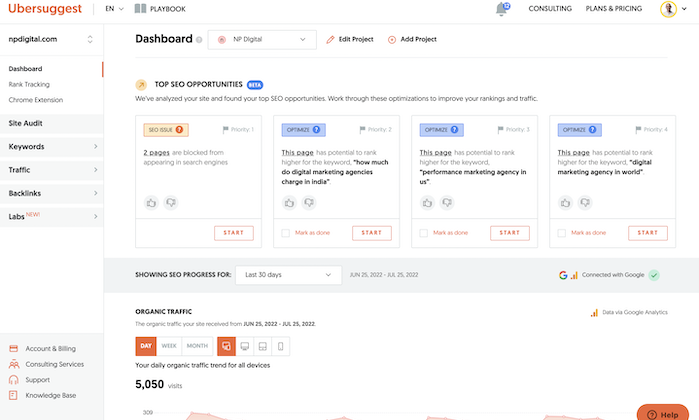Content Refreshing: A Step-by-Step Strategy (Based on Updating 50+ Posts)
However, the content refreshing process isn’t always straightforward. For example, some people worry about tanking their organic traffic if they update the content (a valid concern). Other people find that it just doesn’t bring the dramatic traffic increase that some...

Content refreshing is one of the best ways to increase traffic of your existing content, and it’s also a great way to keep the information on your website fresh and up to date. However, the content refreshing process isn’t always straightforward. For example, some people worry about tanking their organic traffic if they update the content (a valid concern). Other people find that it just doesn’t bring the dramatic traffic increase that some marketing experts promise. Fortunately for you, I’ve been both of those people. I’ve updated probably more than 50 blog posts in the past 12 months, and I’ve made a lot of mistakes. However, I’ve also seen outstanding results, such as content that drives 10 times more traffic and soars in rankings. That said, I really wanted to know why some posts perform dramatically better post-update than others. So I did a data study on what makes some content dramatically more successful post-update and why others continue to flounder. Using this data, I’ve come up with a content refreshing strategy that has significantly improved my content refreshing success rate. Today, I want to share that strategy with you. In this article, we’ll cover the following: Contrary to popular belief, not all blog posts are worth updating. This is one of the single most impactful realizations that has improved my content refreshing success rate. In fact, I only recommend prioritizing updates for old content that earned 20+ monthly visitors at peak performance. Why? In the data study mentioned above, 45% of the updated posts had fewer than 20 visitors per month pre-update. Unfortunately, this 45% of updated posts only contributed 15% of the total traffic increase (of a 96% total organic traffic increase). That means blog posts that already had 20+ monthly visitors before the update contributed the majority of the total organic traffic increase.

 Koichiko
Koichiko 































